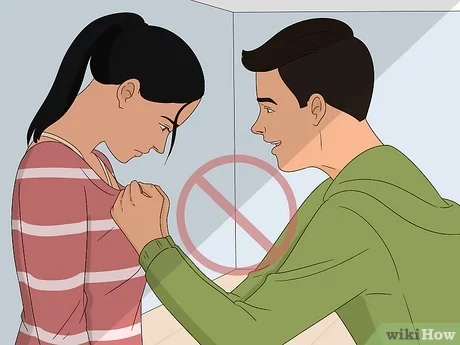How to Knit a Sweater for Beginners

Introduction:
Learning to knit can be daunting, especially when you dream of creating your cozy, handcrafted sweater. But don’t worry, with this beginner-friendly guide, you’ll be knitting sweaters in no time. Follow these simple steps, and you’ll have a beautiful piece to show off or a heartfelt gift for someone special.
Step 1: Gather your materials
Before you start knitting, ensure you have the following materials:
– Size-appropriate knitting needles (check the yarn label for recommendations)
– Yarn in your desired color(s) and weight
– Stitch markers
– A row counter or paper and pen
– Scissors
– A tapestry needle for weaving ends and seaming
Step 2: Choose a pattern
Select a beginner-friendly sweater pattern that uses basic stitches like knit and purl. Look for patterns with simple construction techniques, such as raglan or drop shoulder designs. Many patterns come in multiple sizes, so choose one that best suits the intended wearer.
Step 3: Knit a gauge swatch
A gauge swatch helps to determine if your knitting meets the pattern’s recommended stitches per inch (SPI) and rows per inch (RPI). Following the recommended needle size and yarn weight, knit a small square with at least 4 inches on each side. Measure your SPI and RPI; adjust needle size if necessary.
Step 4: Cast on and knit the ribbing
Following your chosen pattern, cast on the required number of stitches called for the body or sleeves. Begin by knitting the ribbing of the cuffs or hem using common rib patterns such as 1×1 (one knit stitch followed by one purl stitch) or 2×2 (two knit stitches followed by two purl stitches).
Step 5: Shape your sweater
Once you’ve completed the ribbing, start shaping the body or sleeves according to the pattern. This may involve increasing or decreasing stitches, changing stitch patterns, or dividing your work for different sections. Use stitch markers to mark important points and use a row counter to keep track of your progress.
Step 6: Block your pieces
Once you’ve completed all the sweater parts, it’s time to block them. Wet blocking is suitable for most yarns, but consult your yarn label for proper care instructions. To block, fully submerge each piece in lukewarm water mixed with a gentle detergent. Gently squeeze out excess water, then lay the pieces flat on a drying surface. Use pins or weighted materials (like heavy books) to arrange your piece in the desired shape and measurements.
Step 7: Seam and finishing touches
Once all the pieces have been blocked and dried, carefully stitch them together using mattress stitch or other seaming techniques. After sewing all seams, weave in any remaining yarn tails using the tapestry needle. Finally, add any desired finishing touches like buttons, pockets, or embroidery.
Conclusion:
Knitting a sweater may seem intimidating at first glance, but it’s an achievable goal even for beginners. By following this step-by-step guide and practicing patience through each stage of the process, you’ll feel a great sense of accomplishment when you slip into your handmade sweater! Keep refining your skills and exploring new patterns – before you know it, knitting sweaters will become second nature.


